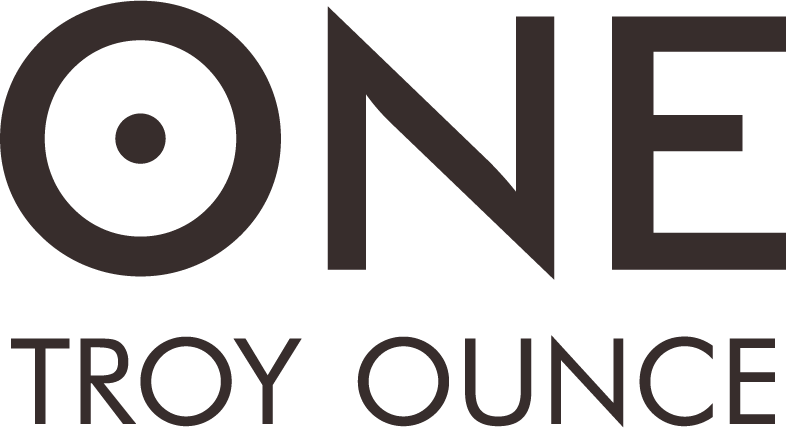Investing in precious metals has long been a popular way to diversify investment portfolios and protect against economic uncertainties. This beginner's guide will walk you through the basics of investing in precious metals, such as gold, silver, platinum, and palladium. We'll cover the advantages and risks associated with precious metal investments, the various investment options available, and tips to help you get started
Advantages of Investing in Precious Metals
-
Diversification: Adding precious metals to your investment portfolio can provide diversification, reducing the overall risk. Precious metals often have a low or negative correlation with other asset classes like stocks and bonds, which means they can help balance out the fluctuations in the value of other investments.
-
Hedge against inflation: Precious metals, particularly gold, have historically been viewed as a hedge against inflation. As the purchasing power of fiat currencies decreases due to inflation, the value of precious metals often increases, protecting your investment.
-
Safe haven during economic turmoil: Precious metals are considered a safe-haven asset during times of economic uncertainty, as they tend to hold their value better than other investment options. This makes them an attractive choice for investors looking to protect their wealth during periods of market volatility.
-
Tangible assets: Precious metals are tangible assets that can be stored and held physically. This provides a sense of security and control over your investment that may not be possible with other financial instruments.
Risks of Investing in Precious Metals
-
Price fluctuations: Precious metal prices can be volatile and are influenced by various factors, such as supply and demand, economic conditions, and geopolitical events. This can lead to significant price fluctuations, making it essential to monitor your investment closely.
-
Storage and security: Physical precious metals need to be securely stored and insured, which can add to the cost of your investment. Additionally, the risk of theft or loss must be considered when storing precious metals.
-
No regular income: Unlike stocks or bonds, which can provide regular dividend or interest payments, precious metals do not generate regular income. This can be a disadvantage for investors seeking passive income.
Investment Options for Precious Metals
-
Physical bullion: One of the most common ways to invest in precious metals is by purchasing physical bullion, such as coins, bars, or rounds. This option allows you to hold the metal directly, but it comes with storage and insurance costs.
-
Exchange-traded funds (ETFs): Precious metal ETFs are financial instruments that track the price of a specific metal or a basket of metals. ETFs offer a convenient and liquid way to invest in precious metals without the need to store and insure the physical metal.
-
Mining stocks: Another way to invest in precious metals is by purchasing stocks in mining companies. This option provides exposure to the metals indirectly and can offer higher returns if the mining company performs well. However, investing in mining stocks also exposes you to the risks associated with the mining industry, such as operational issues or environmental regulations.
-
Mutual funds and index funds: These investment options pool the funds of multiple investors to invest in a diversified portfolio of precious metal-related assets, such as mining stocks or ETFs. This allows investors to gain exposure to the precious metal market while benefiting from professional management and diversification.
Tips for Investing in Precious Metals
-
Set clear investment goals: Before investing in precious metals, it's essential to have a clear understanding of your investment goals, risk tolerance, and investment horizon. This will help you make informed decisions and choose the right investment options for your needs.
-
Research the market: Familiarize yourself with the factors that influence precious metal prices and the historical performance of each metal. This
knowledge will help you make informed decisions and anticipate market trends.
-
Diversify your investment: Don't put all your eggs in one basket. Spread your investment across different precious metals and investment options to reduce risk and maximize potential returns.
-
Work with reputable dealers: When buying physical precious metals or investing in ETFs or mining stocks, it's crucial to work with reputable dealers and brokers. Check for industry certifications, online reviews, and recommendations from trusted sources to ensure you're working with a reliable partner.
-
Keep an eye on costs: Be aware of the costs associated with your chosen investment option, such as storage fees, insurance, commissions, and management fees. These costs can eat into your returns, so it's essential to minimize them as much as possible.
-
Stay informed: Stay up-to-date with the latest news and developments in the precious metals market. This will help you make timely decisions and adjust your investment strategy as needed.
-
Consult with a financial advisor: If you're new to investing or unsure about the best investment strategy for your needs, consider consulting with a financial advisor. They can provide personalized advice and guidance to help you make the right decisions.
Conclusion
Investing in precious metals can be an effective way to diversify your investment portfolio and protect your wealth against economic uncertainties. By understanding the advantages and risks associated with precious metal investments, exploring the various investment options available, and following the tips outlined in this guide, you'll be well on your way to building a successful precious metal investment strategy.
-
